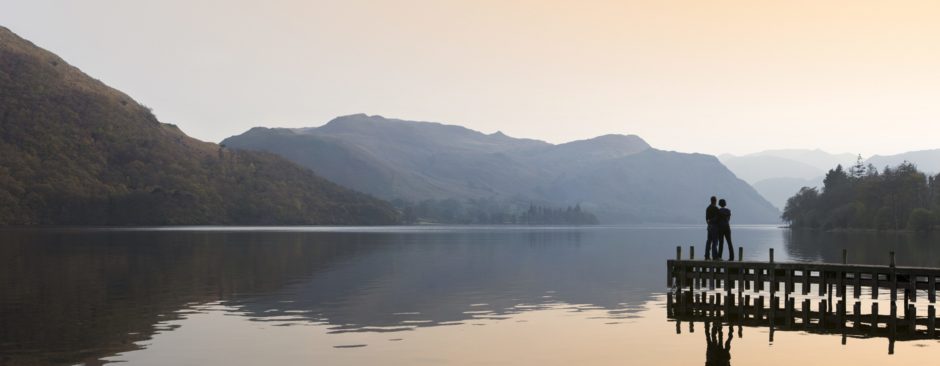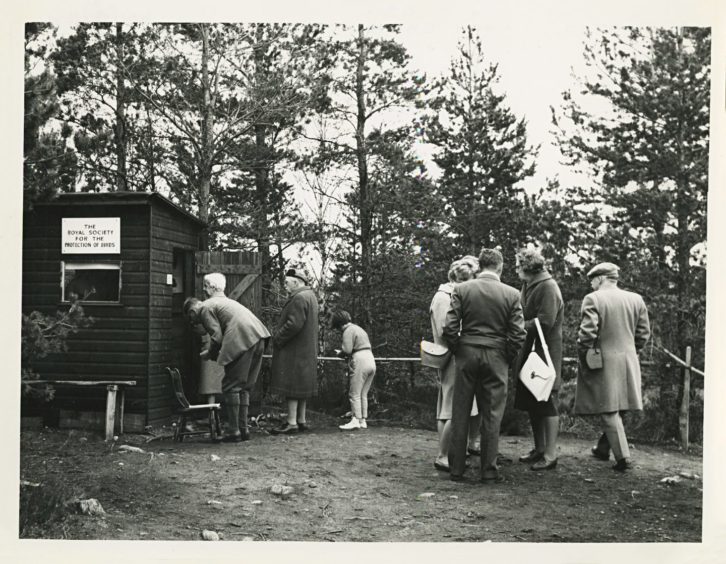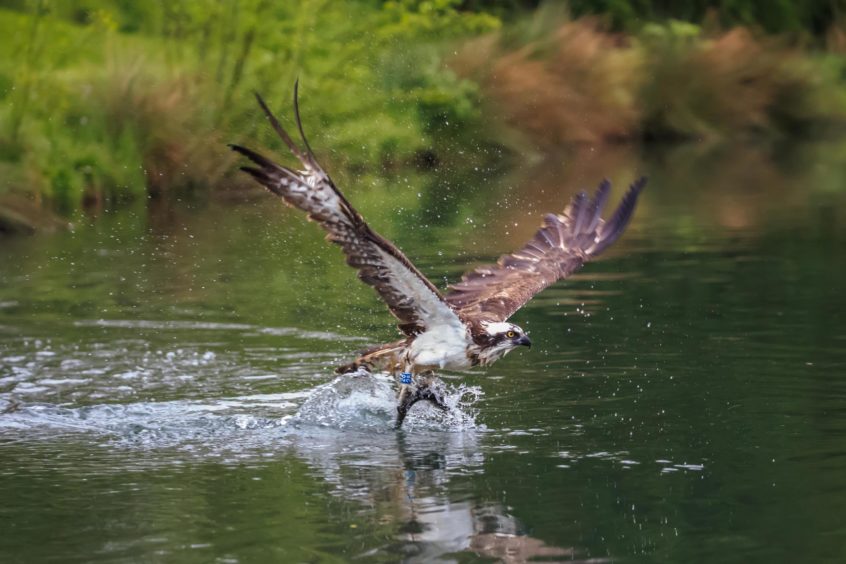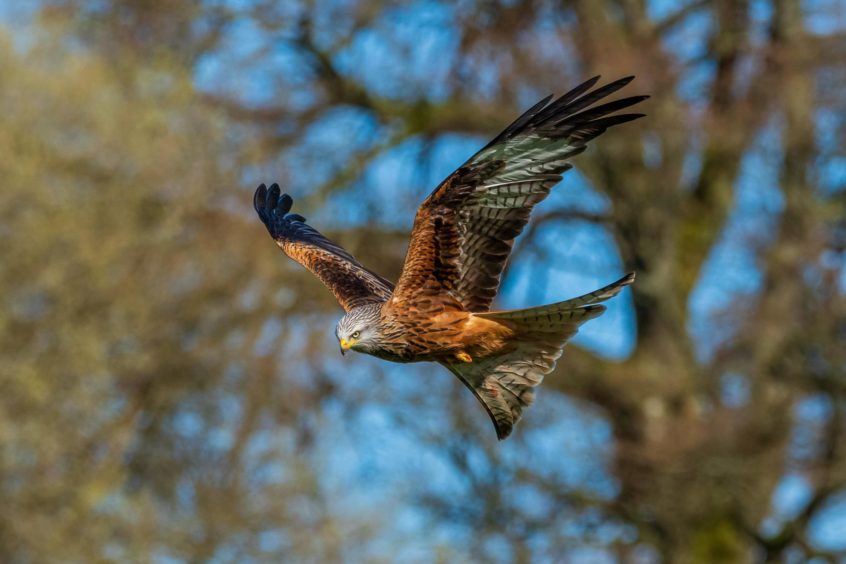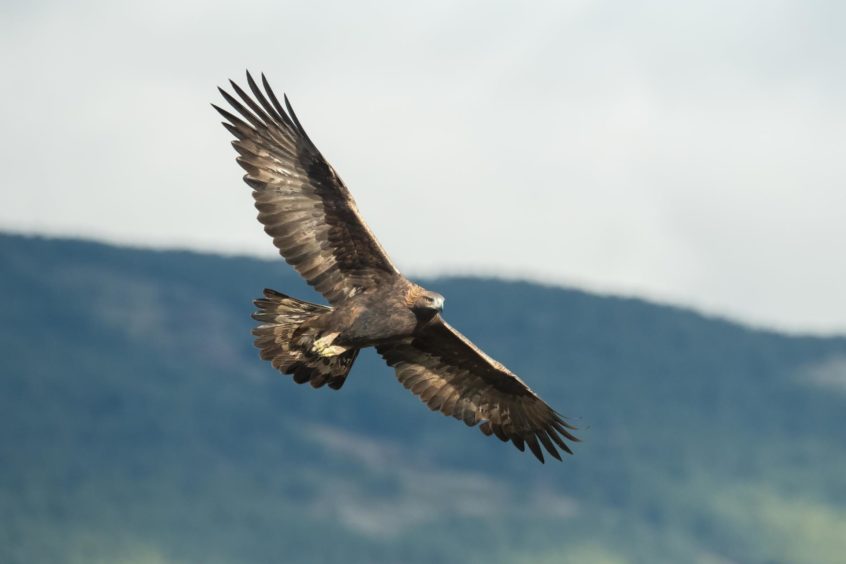There has been an uncharacteristically cautious approach to the annual ritual of seeing my first osprey of spring.
It’s in the spirit of the age hence to be known as the doorstepocene (a sub-division of the anthropocene characterised by a fear of losing sight of the doorstep lest we transgress our allotted five-mile span and suffer a fate worse than appearing in Jennifer Arcuri’s diary).
I have form in the matter of osprey-watching, ranging from the Black Isle and Strathspey to Loch Awe and Galloway, to Balquhidder and a Borders loch whose name escapes me, to the Dighty and the English Lake District.
Perhaps you would like to be forewarned at this point that the Lake District is likely to start cropping up on this page with unusual and increasing frequency.
This is because for the last 18 months I have been working on a new book called Lakeland Wild, and it is due to publish in June.
Where was I?
That list of osprey haunts has one conspicuous omission – the Lake of Menteith in Stirlingshire. After their historic return to Loch Garten in the 1950s, ospreys painstakingly established a small population in Strathspey. The first birds to push beyond Strathspey chose another historical osprey site – the Lake of Menteith.
In the 1970s, a watch was mounted to thwart egg thieves on their first nest there, and I was in the right place at the right time and became one of the team of watchers.
From the moment I saw sunrise light up the nest tree after an all-night watch, and the female rose from her eggs to stand on the eyrie, open and flex her wingspan so that it scattered dewdrops across the sunrise and made a cascade of scarlet rain…from that moment, I became a disciple for the osprey’s cause.
So every March-into-April, I greet their return from Africa. This year and last, it became a little trickier, because suddenly the Lake of Menteith was out of range.
I could plead that it’s work given that ospreys have found their way into all manner of bits of my writing. But there is that spirit to the doorstepocene whose watchword is “stay at home” and that has had to be the greater loyalty. After all, the birds will be around for months, and travel restrictions are already beginning to ease.
In any case, two years ago, cycling along Stirling’s back roads, I found a small loch I simply didn’t know about, well screened and nowhere to park, but it’s easy enough to pull the bike off the road and hide it. The first thing I saw through a helpful screen of shoreline trees was a pair of ospreys.
So this year, that loch, not five miles from my house, became my destination. The sun warmed through the afternoon, I sat by a shoreline tree with a clear view of the loch and waited. This is how I go to work.
These masterclasses in close-quarters flight are always worth watching. Ravens are clever fliers. Buzzards are better.
The first thing to happen was that a pair of ravens began muttering in the trees behind my back.
The next thing was that a pair of buzzards appeared above the trees on the far shore and the ravens decided to pick a fight with them. These masterclasses in close-quarters flight are always worth watching. Ravens are clever fliers. Buzzards are better. Ravens never meet with any kind of success in these encounters, which doesn’t stop them trying. So not that clever!
The buzzards soon pressured the ravens into that state of mind that suggests discretion rather than valour is the better route to self-preservation. But no sooner had the ravens disappeared than the buzzards had company with a different set of flying skills – a pair of red kites.
This was close-quarters flight out of the second-top drawer (the top drawer is always reserved for golden eagles which can always outfly anything else in the sky, including peregrines since you asked).
Kites bring elegance and the tightest of 180-degress-u-turns to the party and for perhaps 10 unbroken minutes the four birds dazzled all across the neighbourhood sky, tilting in and out of bright sunlight.
When the kites eventually drifted away (honours even, a high-scoring draw) towards their own eyrie tree, the buzzards lingered and the male was stimulated by it all to perform his spring showpiece, a series of sweeping, wing-folded dives and climbs that steals the thunder of every flier in sight.
I have watched him spill a thousand feet of air in a single dive and follow it up with a vertical power climb a thousand feet back up to its diving zenith
Meanwhile, twenty miles or so to the north in a certain golden eagle glen I have known for as long as I have watched ospreys at the Lake of Menteith, the male eagle will perform something similar to the buzzard.
Similar apart from the scale and the spectacle, for I have watched him spill a thousand feet of air in a single dive and follow it up with a vertical power climb a thousand feet back up to its diving zenith…and again and again and again.
Ah, tis the season for the fliers of the land! I still haven’t seen an osprey this year yet. But perhaps the doorstepocene is over for good, so any day now.

